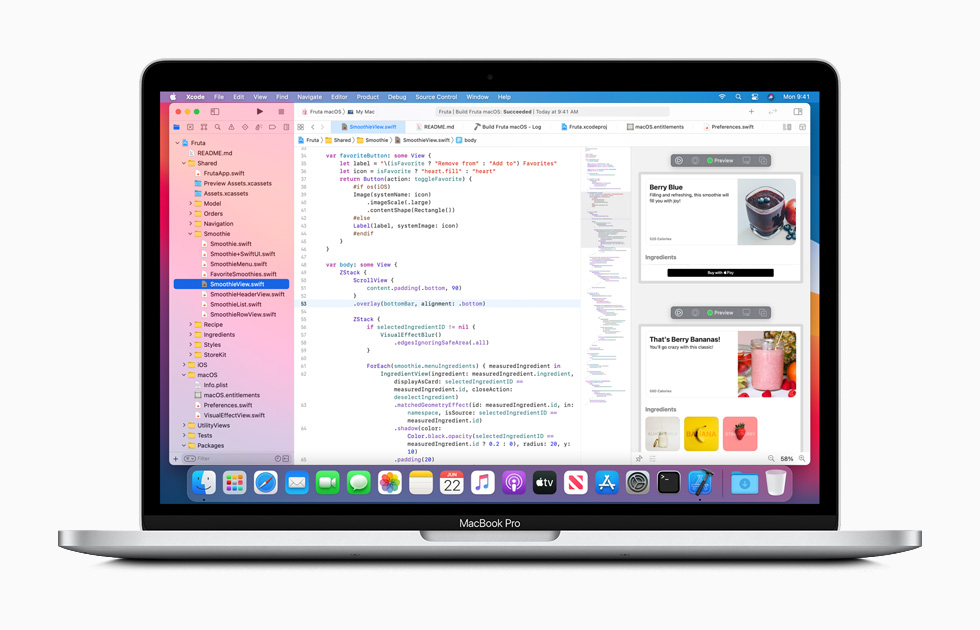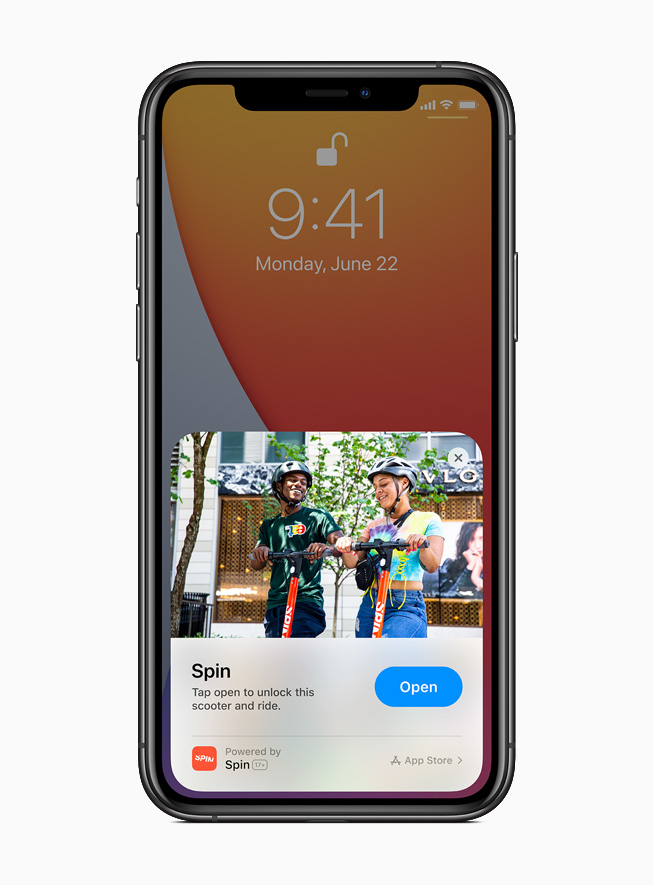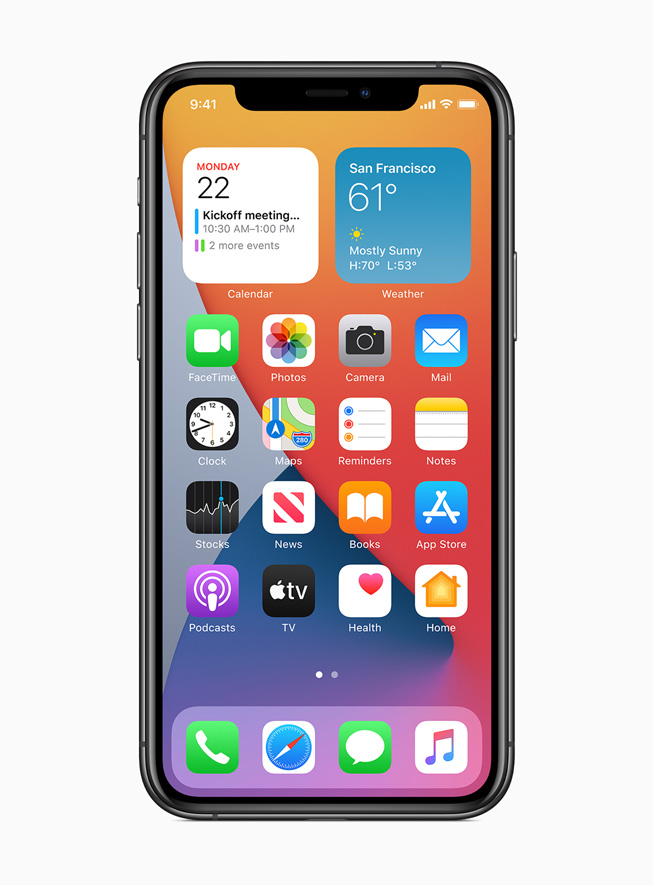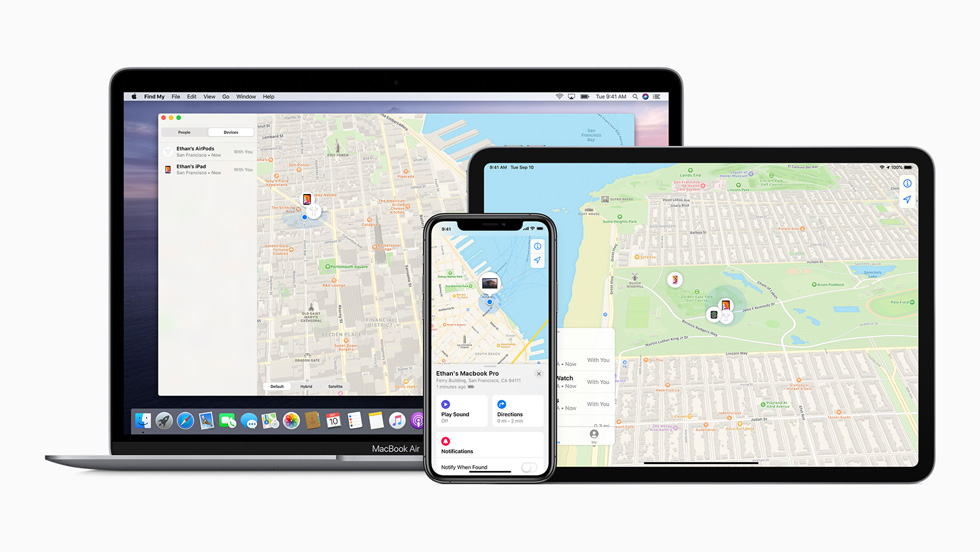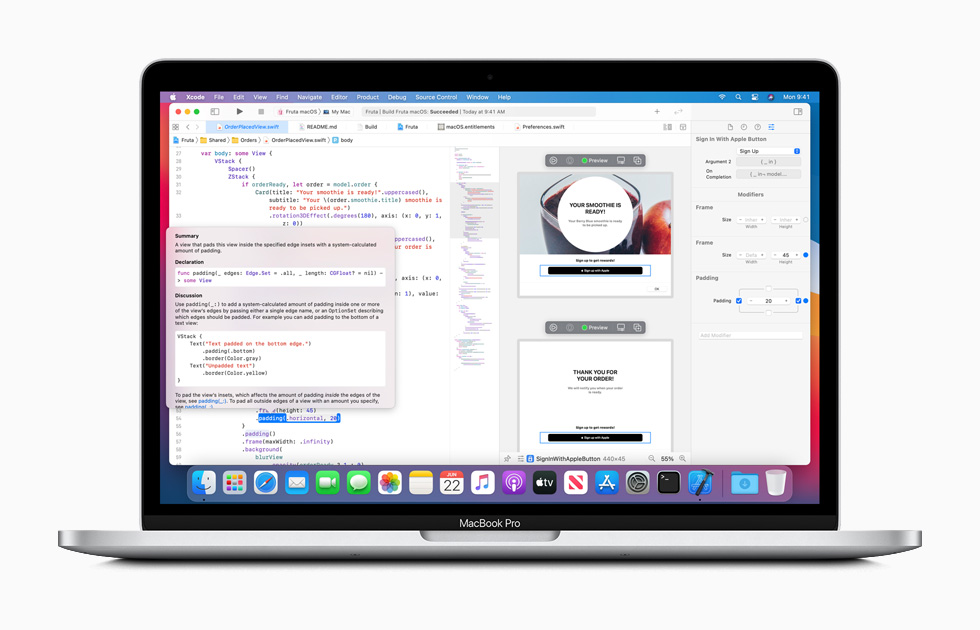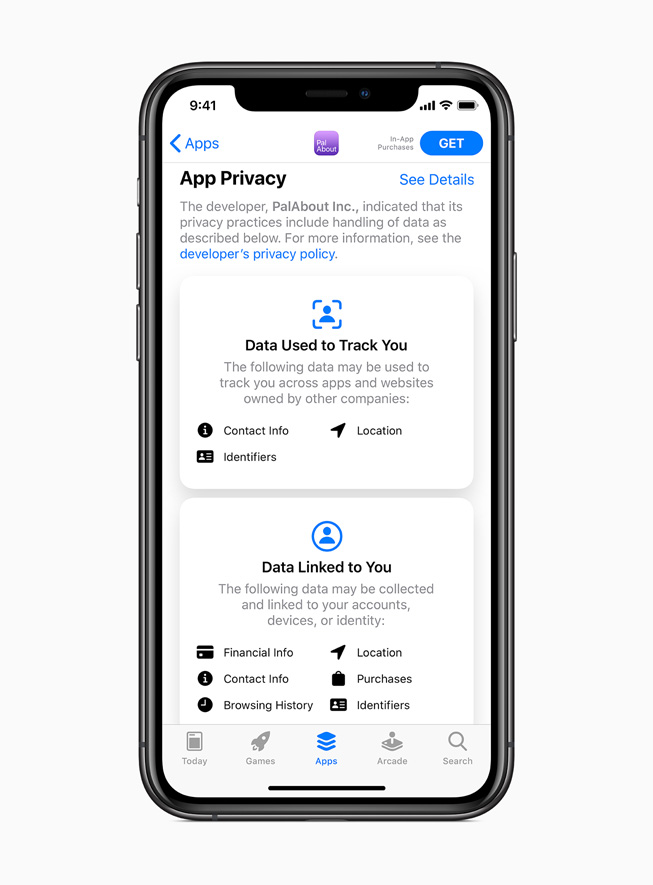TISKOVÁ ZPRÁVA
22 června 2020
Apple reveals new developer technologies to foster the next generation of apps
Powerful APIs enable developers to create all-new app experiences
Cupertino, California — Apple today announced a robust line-up of new technologies to help its 23 million developers design and build the apps of tomorrow. These new tools will enable developers to bring more powerful app experiences to Apple’s industry-leading platforms, and help them better manage and grow their businesses. In addition to Apple’s annual developer survey, WWDC20 will feature an online App Store lab so that developers from around the world can share their feedback and help inform future improvements to the App Store. Apple is also adding new forums for developers to relay suggestions throughout the coming year and beyond.
“The Apple developer community inspires us all with apps that help more than a billion users, transform industries, and change the world. This WWDC, we’ve introduced innovative new APIs, frameworks, and tools designed to help developers take their app experiences further and reach even more users,” said Phil Schiller, Apple’s senior vice president of Worldwide Marketing. “The App Store ecosystem is more diverse, dynamic, and successful than it has ever been, but we know that to make it better for everyone, there is more we must do together. This year at WWDC20, we’ve added online App Store Labs, extended the annual App Store developer survey, and more because we want to hear directly from hundreds of thousands of developers on how they want us to improve the App Store for them, and for users.”
New Ways to Reach Users with App Clips and Widgets
With App Clips, users have a fast and easy way to discover apps through new visual indicators called App Clip codes, as well as through NFC, shared links, and more. App Clips launch within a few seconds, immersing the user into a piece of the full app experience and giving developers a fun, new way to reach customers exactly when their app is most useful. Once inside the App Clip, users can easily install the full app with a single tap.
Widgets have also been redesigned to be more helpful and give users timely information at a glance. With widgets on the Home Screen pages, users can experience the developer’s widget every time they look at their device. And with a new SwiftUI API, developers can use the same code to build a widget for iOS, iPadOS, and macOS.
Greater Access to Apple Platforms
This year, Apple is providing developers with even more ways to deeply integrate their apps into core platform features in order to deliver powerful functionality in a way that also protects user privacy and security. The new Find My network accessory program lets third-party device makers take advantage of a network with hundreds of millions of devices, while continuing to offer end-to-end encryption so only the user can see the location of their item. HomePod also has a new program to integrate third-party music services. Email and browser app developers can offer their apps as default options, selectable by users. And Safari for Mac is adding support for the popular WebExtensions API used by Chrome, Firefox, and Edge, making it easy for extension developers to work with Safari, and distribute through the Mac App Store.
Managing and Growing Developer Businesses
A new StoreKit tool in Xcode lets developers simulate subscription setup, in-app purchases, and even refunds — all locally on their Mac. There is also a new StoreKit testing framework that makes it easy for developers to automate testing of purchase workflows. New App Store server notifications for subscription renewal events and customer refunds help developers better manage the customer experience in their apps. And in addition to shared family app purchases, the App Store now supports Family Sharing for subscriptions and in-app purchases. This is great for developers who offer content for the whole family to enjoy.
It’s easier than ever for developers to make their games shine on Apple’s platforms using the latest updates to the beautifully redesigned Game Center. Updates include recurring leaderboards, a new in-game dashboard, and enhanced recommendations through Friends Playing, where users can discover games that are popular with their Game Center friends.
Redesigned Xcode
Xcode is at the centre of all development on Apple’s platforms, and with Xcode 12, it has a fresh new look to match macOS Big Sur. New document tabs make opening multiple files fast and lightweight to support interface files, and logs and project files each open in their own tab. Navigator fonts now match the system size, or can be set to small, medium, or large. And Xcode 12 builds macOS Universal apps by default to support new Macs with Apple silicon.
New SwiftUI Capabilities
SwiftUI introduced developers to a modern UI framework that made it more intuitive than ever to build sophisticated app UIs. This year, new life cycle APIs let developers write an entire app in SwiftUI, and share that code across all Apple platforms. Developers who have already started with SwiftUI will easily be able to add new features to their existing code, and a new Lazy API ensures enormous data sets will offer great performance.
More Customisable Apps with Mac Catalyst
Debuting alongside macOS Catalina at WWDC 2019, Mac Catalyst made it easy for developers to bring their iPad apps to the Mac. With macOS Big Sur, Mac Catalyst apps automatically inherit the spacious new design, while giving developers powerful new APIs and greater control over the behaviour of their apps. And now developers can choose to keep their Mac app scaled at a resolution to match their iPad app, or take total control of their Mac interface to create a truly custom Mac experience. Developers can distribute their Mac Catalyst apps to customers in 175 countries on the Mac App Store, and let customers easily enjoy apps and in-app purchases across Mac, iPhone, and iPad with universal purchase.
New APIs in Mac Catalyst offer developers entirely new levels of control when bringing their iPad app to the Mac.
An Online App Store Lab and New App Store Review Processes
During WWDC20, Apple is also launching an expanded version of the App Store lab to further support the Apple developer community across all of its platforms. In the past, the in-person App Store lab has helped inform and prioritise new App Store features and capabilities, as well as updates to App Store policies. This year, developers are encouraged to share their feedback at the virtual lab or through an additional survey channel which will collect submissions through June 26. The survey, now in its fourth year, reaches half a million developers and represents a critical pathway of feedback for improvements leading to App Store developer services such as TestFlight public links and the ability to respond to customer reviews.
Apple will also create additional channels for developers to share feedback during new developer forums that will occur throughout the coming year. In these forums, developers are encouraged to share their suggestions, large and small, so that Apple may continue to implement changes and improve the App Store experience for the entire developer community.
Additionally, two changes are coming to the app review process and will be implemented this summer. First, developers will not only be able to appeal decisions about whether an app violates a given guideline of the App Store Review Guidelines, but will also have a mechanism to challenge the guideline itself. Second, for apps that are already on the App Store, bug fixes will no longer be delayed over guideline violations except for those related to legal issues. Developers will instead be able to address the issue in their next submission.
New Levels of Privacy Transparency
A transparent overview of an app’s privacy practices is key to building trust with potential users. Developers now have the opportunity to detail their app’s privacy practices right in the App Store for users to review, including the types of data the apps might collect, whether that data is shared with third parties, and the option for users to opt out.
Other Developer Features
- ARKit 4 introduces new ways to capture information about the real world using a new Depth API that is designed to work with the LiDAR sensor in iPad Pro, enabling entirely new types of apps, such as on-site architecture, design, landscaping, and manufacturing.
- Machine learning development is easier and more extensive with additional tools in Core ML for model deployment and encryption, new templates and training capabilities in Create ML, and more APIs for vision and natural language.
- PencilKit now features Scribble, which makes it easy to create apps with text entry fields that users can write in with Apple Pencil. Developers will also have access to stroke data using PencilKit, all while seamlessly handling both Apple Pencil input and system touch gestures.
- Swift Package Manager adds support for resources to easily share Asset Catalog bundles and localisations. And new open source packages for Numerics, ArgumentParser, and System make Swift a great language for more use cases.
- TestFlight now supports up to 100 team members for fast build distribution.
- AirPods Motion API gives developers access to movement data in real time.
- Developers can now enable users to upgrade existing third-party app accounts to Sign in with Apple accounts.
Sdílet článek
Images of Developer Tools and Technologies
